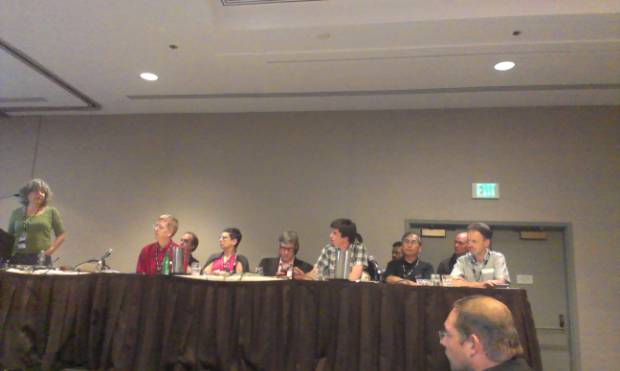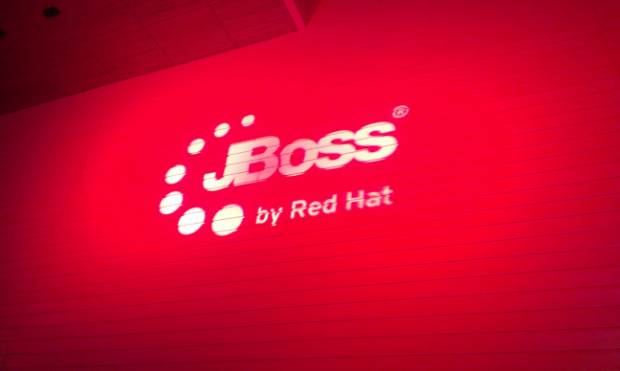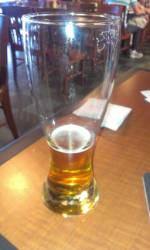I'm just back from JavaOne, where once again we had a great turn out for JBoss related sessions (almost a dozen!) I'm sure the other speakers will post blogs, if they haven't already, to give everyone an idea of how the event and their sessions went. My own were well attended and judging by the various comments in the talks and afterwards seemed to appeal (slides should be made available on the JavaOne site soon). I know that the "meet the EE7 experts" session was also well attended, but this time I was in the audience and Pete Muir did a great job of explaining some of the things we'd like to see improved in the standards as well as the way in which they're managed.
Of course one of the things that has quickly become a tradition with JBoss (and a success) is our booth and the booth sessions/presentations that we do. There were 21 sessions this year and every time I swung past the booth it was packed! Many of them were recorded so they'll be online eventually, but this picture I took gives you an idea of the level of interest.
And of course another tradition is the JBoss Party. We held it this year at the MOMA and although it was slow to get going, it quickly gained the momentum that is typically associated with out parties!
Overall the feeling throughout JavaOne was great and I think JBoss and Red Hat participation was key to this. So here's looking forward to next year!





